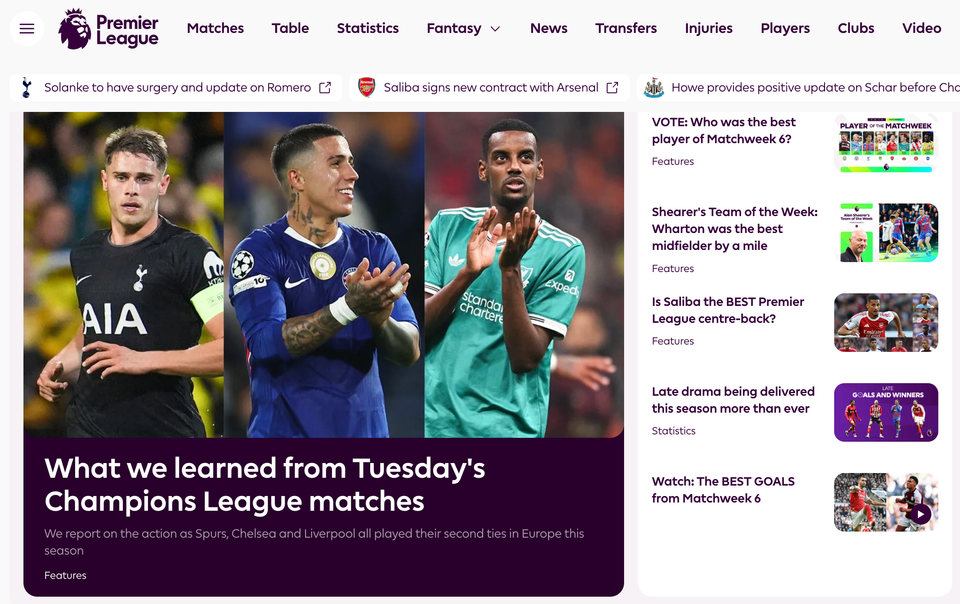Las Vegas: Land of the shitty mobile handset
It took 6 minutes for me to come into contact with America’s handset reality.
“And your purpose for visiting?†the chap asked. I was standing at the Las Vegas US Customs & Immigration border having my fingers printed.
“Business, the mobil conference,†I said.
The chap nodded.
“What’s your occupation?â€Â
I thought I’d keep it simple and replied with, “Mobil industry blogger.â€Â
(‘Mobil’ by the way, is how Americans say ‘mobile’. If you say mo-by-ull, the way we say it in Britain, you get blank looks. Drop the ‘e’ and pronounce it the way they do and you’re fine.)
“A mobil jogger?†he says, nodding.
“Er, no, mobile industry … like… like a wannabe journalist,†I explain.
“Oh, blahhhhger?â€Â
Yeah. Blaaaahger.
The chap nods and continues stamping stuff and messing around with all the sodding forms I’d given him.
“What about Sony Ericsson?†he asks.
Shit. He’s testing me!
“Errrr, they’re having a bit of a challenging time at the moment,†I say.
“No kidding,†he says and brings out his bollocks Sony Ericsson, “I only had this for a year and the screen has stopped working.â€Â
I look at his battered rubbish Sony Ericsson. It must have cost about $20. One of the cheapest flip handsets Sony have made.
I place my thumb on the finger-print-scanner-thing and continue, “Ah yes, well they’re not built for long term use,â€Â
I’m immediately struck by the fact that this immigration official is actually still using his phone. The SCREEN doesn’t actually work but he’s still using it.
The screen doesn’t work.
He can still use the phone to receive calls and, of course, dial numbers that he can remember. But then he probably never really used the address book that much in the first place.
I’m staggered.
Why hasn’t he replaced his handset?
He’s obviously paid a reasonable wage, working for the Government. They have a starting salary of about $24k.
But he hasn’t bothered replacing the handset.
And why should he? Gahh.
“Heh, what network?†I ask.
“AT&T,†he tells me, still fiddling away with staples and banging stamps on my paperwork.
I decide to do a test.
“Ah, get yourself an iPhone,†I say.
He just smiles. Like I suggested he buy a Boeing 747 and stick it in his backyard. He didn’t even respond to the comment. His reaction indicated that he knew of the iPhone, had taken a look but simply didn’t value the $50 odd monthly price plan (and 2 year commitment) enough to even bother.
“It’s fine for now,†he says, handing me my completed paperwork, “Have a nice stay in America.â€Â
Great.
How depressing.
For all the pomp about the iPhone and the Palm Pre, I can’t help but thinking that, if you want to make money in mobile, you’d be better served raising $500m and setting up your own mobile network, rather than mess about with the industry as it stands today in America.
The truth is, the vast majority of America’s 303 million citizens couldn’t give a stuff about anything other than making mobile telephone calls and  at a stretch, texting.
Just how bad is it in America? Las Vegas is a super city to do some Middle-America average-American style research. As the taxi driver explained to me when I first visited a while ago, Americans come to Las Vegas so they can visit Europe but without having to do all that traveling. Straight face. He told me this with a straight face.
“We’ve got Venice, we’ve got Paris, we’ve got the Luxor (Egypt) we’ve got Caesar’s Palace (Rome), it’s all here.â€Â
Right.
The funny thing is, he’s not wrong, based on the sampling that I’ve been doing.
All I see, everywhere I go, are Motorola RAZRs and RAZR copies. Clamshells are all over the place  and I’m seeing the odd Blackberry.
As the CTIA visitors arrive into the city, the handsets on show will no doubt change  but getting here a few days earlier has given me the opportunity of checking out the Americans-At-Play in Las Vegas.
Although why you’d come to Las Vegas to ‘play’  unless you want to blow your money on the gaming tables  I don’t know. There are so many people walking about ‘taking in the sights’, comprising of big themed hotel after big themed hotel.
Each of the people I’m seeing walking about with bollocks handsets is either on a 2-year contract or they’re on PAYG. Either way their handsets aren’t subsidised. So to experience the next generation of mobile services (e.g. iPhone), they really have to pay. And it’s a lot of money. Think £300 pounds for a Nokia E71 and a minimum 2 year contractual commitment.
So most folk don’t bother. They just want to talk when they are mobile. And perhaps do a bit of texting.
But as for the next generation? That’s a long way away.
I daresay if you introduced a $49 iPhone Nano, you’d see a swift change in the marketplace, but that said, I’m pretty confident  without having to go and lookup stats  that an American mobile renaissance is at least 5 years away.
Original post by admin and software by Elliott Back



